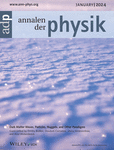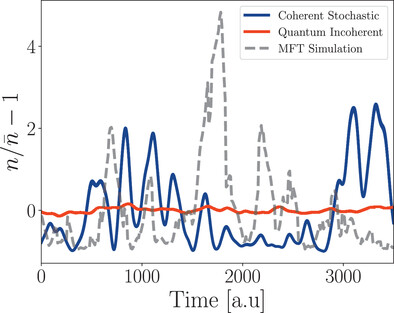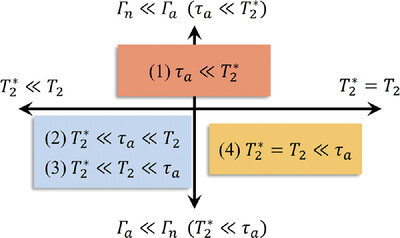Journal list menu
Export Citations
Download PDFs
Cover Picture
(Ann. Phys. 1/2024)
- First Published: 17 January 2024
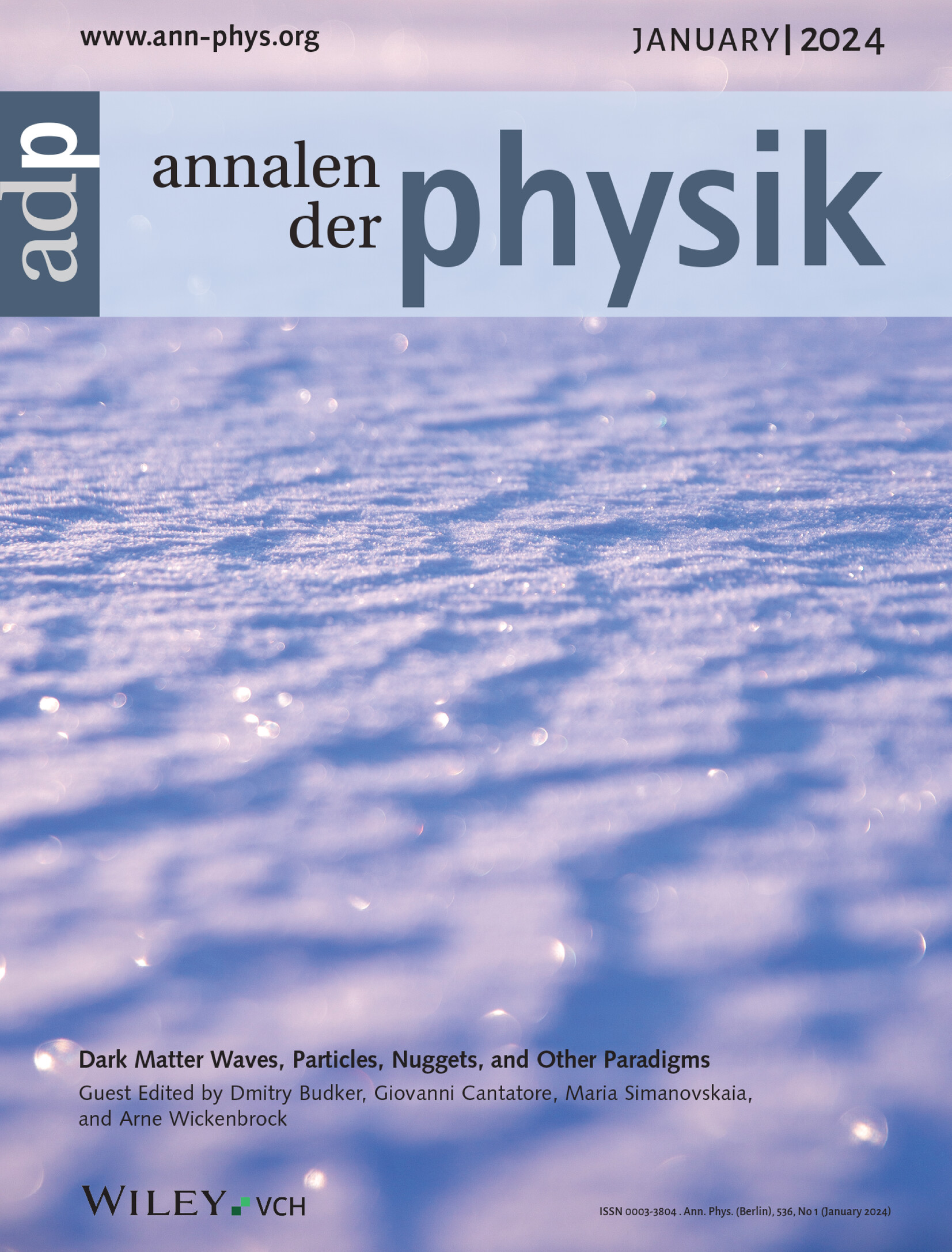
Dark Matter
It is hard to have an image of Dark Matter as we do not yet know what it is. However, we (the Guest Editors) provide graphics illustrating some of the properties of Dark Matter (wavelike nature, stochasticity, etc.) as they are hypothesized to be in a prominent class of contemporary models, at a focus of the present Special Issue on “Dark matter waves, particles, nuggets and other paradigms”.
Masthead
Guest Editorial
Dark Matter Waves, Particles, Nuggets, and Other Paradigms
- First Published: 20 December 2023
Perspectives
A Quantum Perspective on Oscillation Frequencies in Axion Dark Matter Experiments
- First Published: 21 September 2023
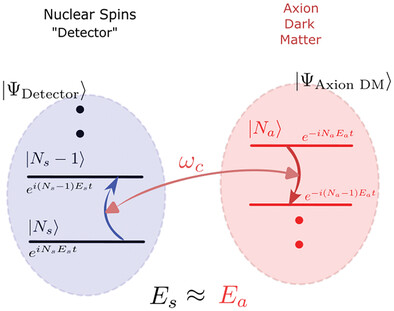
The time evolution of signals in axion dark matter experiments, such as CASPEr, is looked at from a quantum perspective. Classically, one expects signals oscillating with a frequency equal to the axion mass. The explanation of where this oscillation frequency appears from a quantum perspective and how it relates to the axion quantum state. The suitable observables are also discussed.
Review
What Can a GNOME Do? Search Targets for the Global Network of Optical Magnetometers for Exotic Physics Searches
- First Published: 03 July 2023
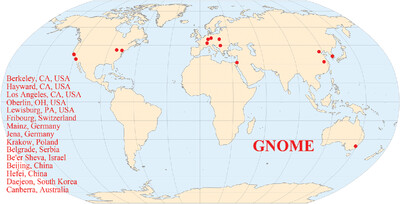
The global network of optical magnetometers for exotic physics searches (GNOME) is a worldwide network of shielded atomic magnetometers and comagnetometers designed to search for spatially and temporally correlated signals from exotic fields of astrophysical origin. This paper surveys a variety of exotic physics scenarios which the GNOME collaboration is investigating.
Research Articles
Frequency-Scanning Considerations in Axionlike Dark Matter Spin-Precession Experiments
- First Published: 16 November 2023
Exploration of Wire Array Metamaterials for the Plasma Axion Haloscope
- First Published: 15 January 2023
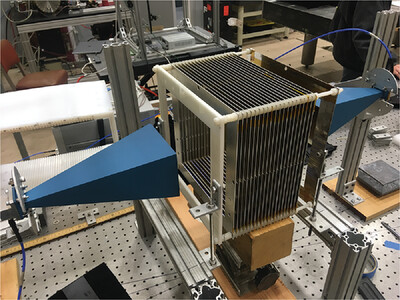
Wire array metamaterials have been proposed as ideal resonators for dark matter searches at the very high masses predicted for the post-inflation axion, offering the prospect of making resonators simultaneously of very high frequency and very large volume. A detailed exploration of the properties of such wire array metamaterials provides strong support for this concept.
Sensitivity of Resonant Axion Haloscopes to Quantum Electromagnetodynamics
- First Published: 22 April 2023
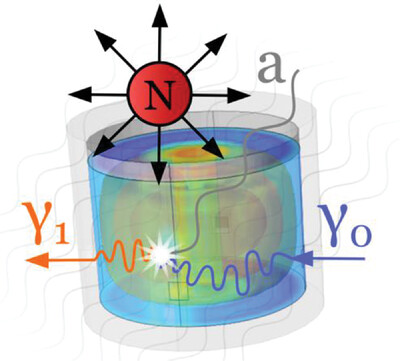
The axion is a well-motivated particle, which can also explain the existence of dark matter. Furthermore, if magnetic monopoles exist, interactions of electromagnetic fields with axions will be expanded from one parameter to three. In this article, new ways to search for axions are determined and a possible indirect way to determine if magnetically charged matter exists are discussed.
A First Application of Machine and Deep Learning for Background Rejection in the ALPS II TES Detector
- First Published: 05 May 2023
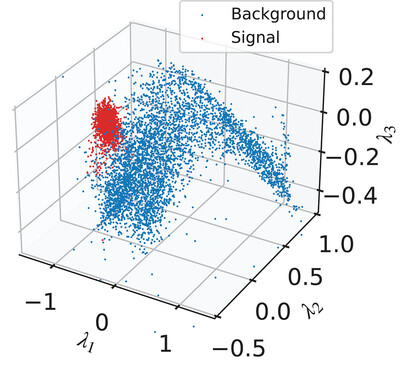
Hypothetical axions and axion-like particles are promising cold dark matter candidates that will be searched for in the Any Light Particle Search (ALPS II) experiment. In this article, machine and deep learning algorithms are investigated to improve the rejection of background events recorded with one foreseen detector of ALPS II.
Advances in Searching for Galactic Axions with a Dielectric Haloscope (MADMAX)
- First Published: 26 May 2023
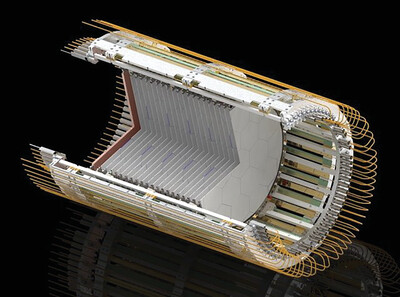
In this article the general concept of the MADMAX (Magnetized Disc and Mirror Axion experiment) is described. MADMAX is a dielectric haloscope aimed to detect dark matter axions. Recent updates of the magnet and the cryostat that will host different prototype radio frequency (RF) booster systems are presented. Recent mechanical and RF tests measurements show that major R&D milestones have been reached.
Limits on Dark Photons, Scalars, and Axion-Electromagnetodynamics with the ORGAN Experiment
- First Published: 06 June 2023
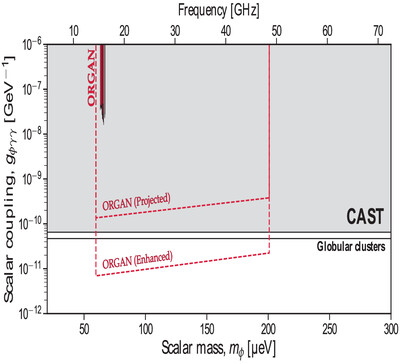
The nature of dark matter is one of the biggest mysteries in the Universe. ORGAN is an experiment which seeks to understand dark matter by figuring out what it is made of. In this article, the current sensitivity of ORGAN to various promising dark matter candidates is presented, and the future sensitivity is projected.
Millimeter-Wave WISP Search with Coherent Light-Shining-Through-a-Wall Toward the STAX Project
- First Published: 07 June 2023
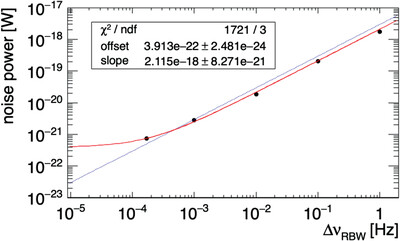
This research article shows potential of millimeter waves for searching dark photons, one of the candidates of dark matter. By sharing a common reference signal, an excellent temporal coherency is achieved between production and detection of dark photons. A simple setup also reveals the limitation in coherency and this may motivate developing single photon sensors in the millimeter-waves range.
Updated Bounds on Axion-Like Particle Dark Matter with the Optical MUSE-Faint Survey
- First Published: 12 July 2023
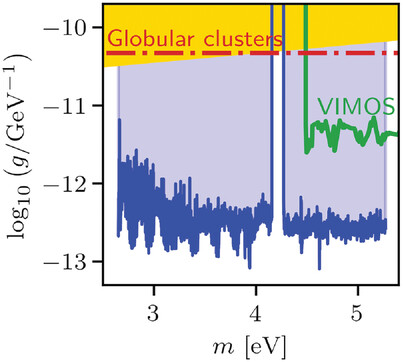
This study presents bounds on the axion-like particle (ALP) to two-photon coupling in the mass range $2.65-5.27$ eV. The signal from ALP decay are sought in the Multi Unit Spectroscopic Explorer (MUSE) observations of five dwarf spheroidal galaxies, under the assumption that ALPs make up the whole dark matter. These bounds are currently the strongest within the considered mass range.
Generic Axion Maxwell Equations: Path Integral Approach
- First Published: 11 October 2023
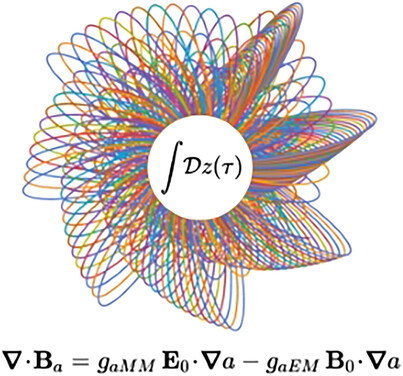
It is possible that the interactions between axions and electromagnetic field are mediated by heavy dyons. In this article, the corresponding axion Maxwell equations are derived using the path integral approach. These equations feature novel axion-dependent terms which can lead to unique signatures in light-shining-through-wall and haloscope experiments.
Fast Shimming Algorithm Based on Bayesian Optimization for Magnetic Resonance Based Dark Matter Search
- First Published: 12 November 2023
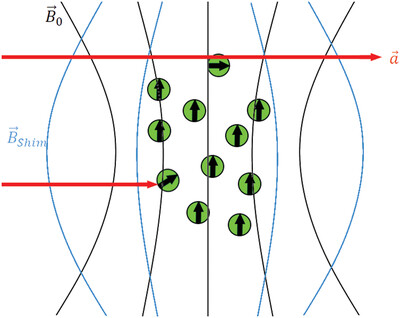
Axion-like particles (ALPs) are promising candidates for dark matter. The Cosmic Axion Spin Precession Experiment probes the interaction between ALPs and nuclear spins using magnetic resonance. For optimal sensitivity, correction fields (magnetic shims) are applied to decrease inhomogeneities over the spin sample. A novel approach based on Bayesian optimization is demonstrated to determine optimal shim settings in relatively few iterations.
Calibration of the Solid-State Nuclear Magnetic Resonance Search for Axion-Like Dark Matter
- First Published: 16 November 2023
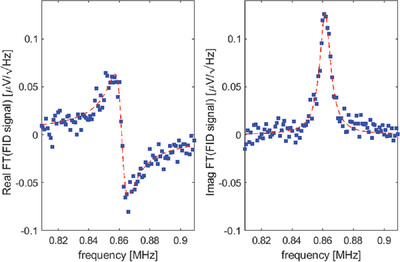
The Cosmic Axion Spin Precession Experiment (CASPEr) is a solid-state nuclear magnetic resonance experiment designed to detect the interaction of axion-like dark matter with a polarized ferroelectric sample. This manuscript describes the calibration process of CASPEr, which involves free induction decay spectroscopy at small spin tip angles, with several solid materials at 4.2 K temperature. The magnetic resonance detection makes use of a superconducting quantum interference device.




